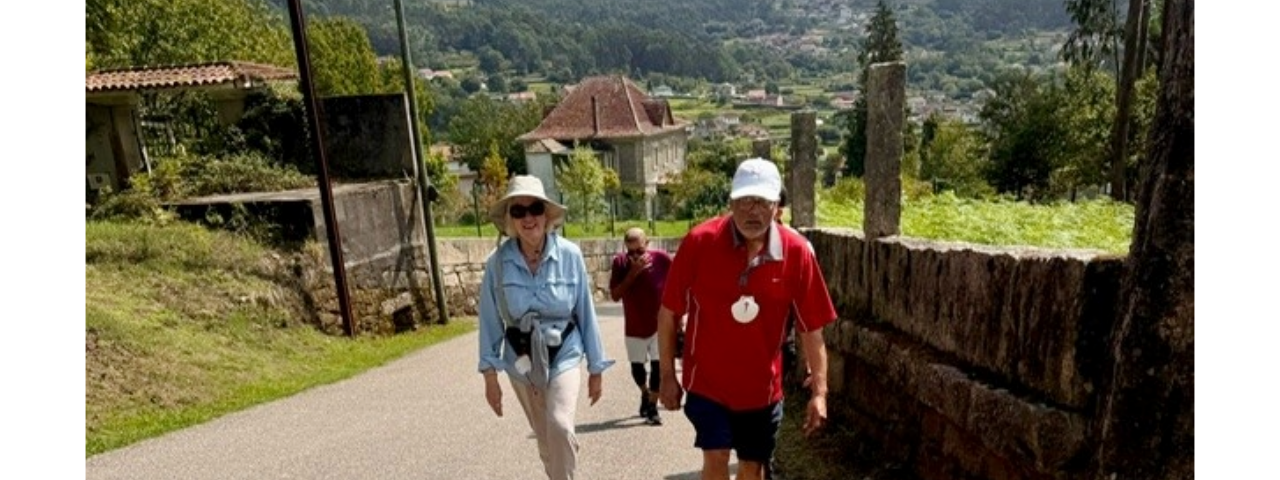Body
The Model System program, sponsored by the National Institute on Disability, Independent Living and Rehabilitation Research (NIDILRR), provides assistance through federal funding to establish innovative projects for the delivery, demonstration and evaluation of comprehensive medical, vocational and other rehabilitation services to meet the needs of individuals with SCI. NIDILRR awards SCI Model System grants to institutions that are national leaders in medical research and patient care and provide the highest level of comprehensive specialty services.
Mentioned Profile

David Chen, MD
George M. Eisenberg ChairBody
RIC, with the acute spinal cord injury program at Northwestern Memorial Hospital (NMH) (the collaborative is known as the Midwest Regional Spinal Cord Injury Care System) has been chosen by NIDILRR as one of 14 SCI Model System Centers nationally that will work together to demonstrate improved care, maintain a national database, participate in independent and collaborative research, and provide continuing education relating to SCI.
The Midwest Regional Spinal Cord Injury Care System is led by David Chen, MD, medical director of the spinal cord injury rehabilitation program at RIC, and Allen Heinemann, PhD, director of the hospital’s Center for Rehabilitation Outcomes Research.
Both of these interventions can be rapidly translated and readily implemented into clinical settings, There is a significant opportunity to not only positively impact patients’ recoveries, but to also share the knowledge we glean through this work.
Allen Heinemann, Phd
Mentioned Profile

Allen Heinemann, PhD
Director, Center for Rehabilitation Outcomes Research Professor, Department of PM&R, Feinberg School of Medicine, NorthwesternBody
“RIC has received this funding for the better part of 40 years,” said Chen. “We are eager to continue to put it to important use, providing comprehensive care for individuals with SCI that is backed by research and scientific inquiry.”
As part of the grant, RIC will lead two research projects that will provide important information on interventions to improve upper and lower limb function in individuals with SCI.
One project will evaluate daily Acute Intermittent Hypoxia (dAIH) as a method of increasing spinal plasticity to improve response to therapy for individuals with upper limb dysfunction due to incomplete SCI. dAIH has demonstrated promising results in animal models and has enhanced walking in response to therapy in humans.
The second project will evaluate the efficacy, cost and health economics of wearable exoskeletons as therapeutic tools after SCI. While these robotic devices are becoming commonplace in clinical settings, there are no data or guidelines on their effective use, relative benefits compared to traditional therapy, or costs associated with their use for insurers, providers or society at large. This project will seek to answer these questions.

